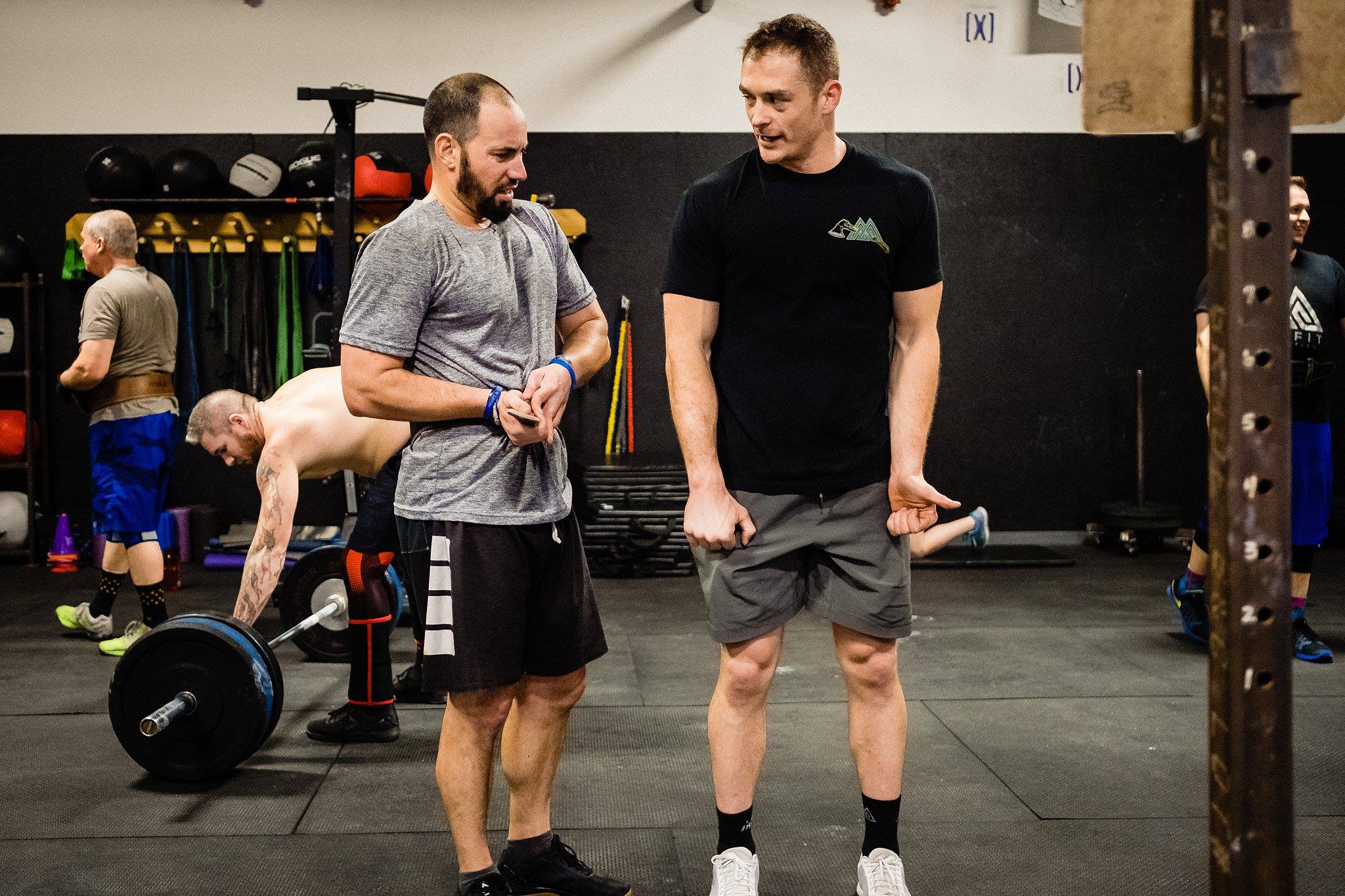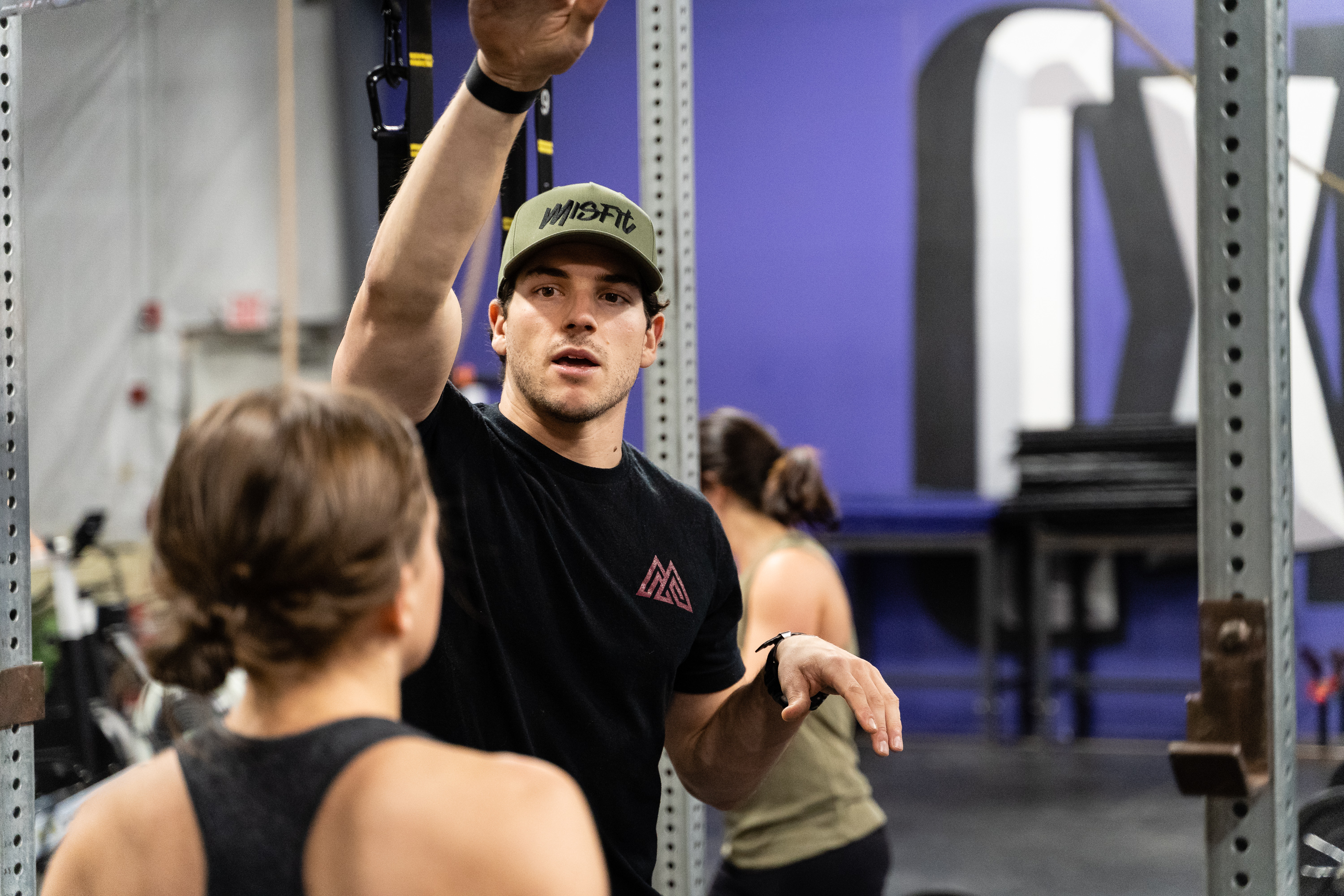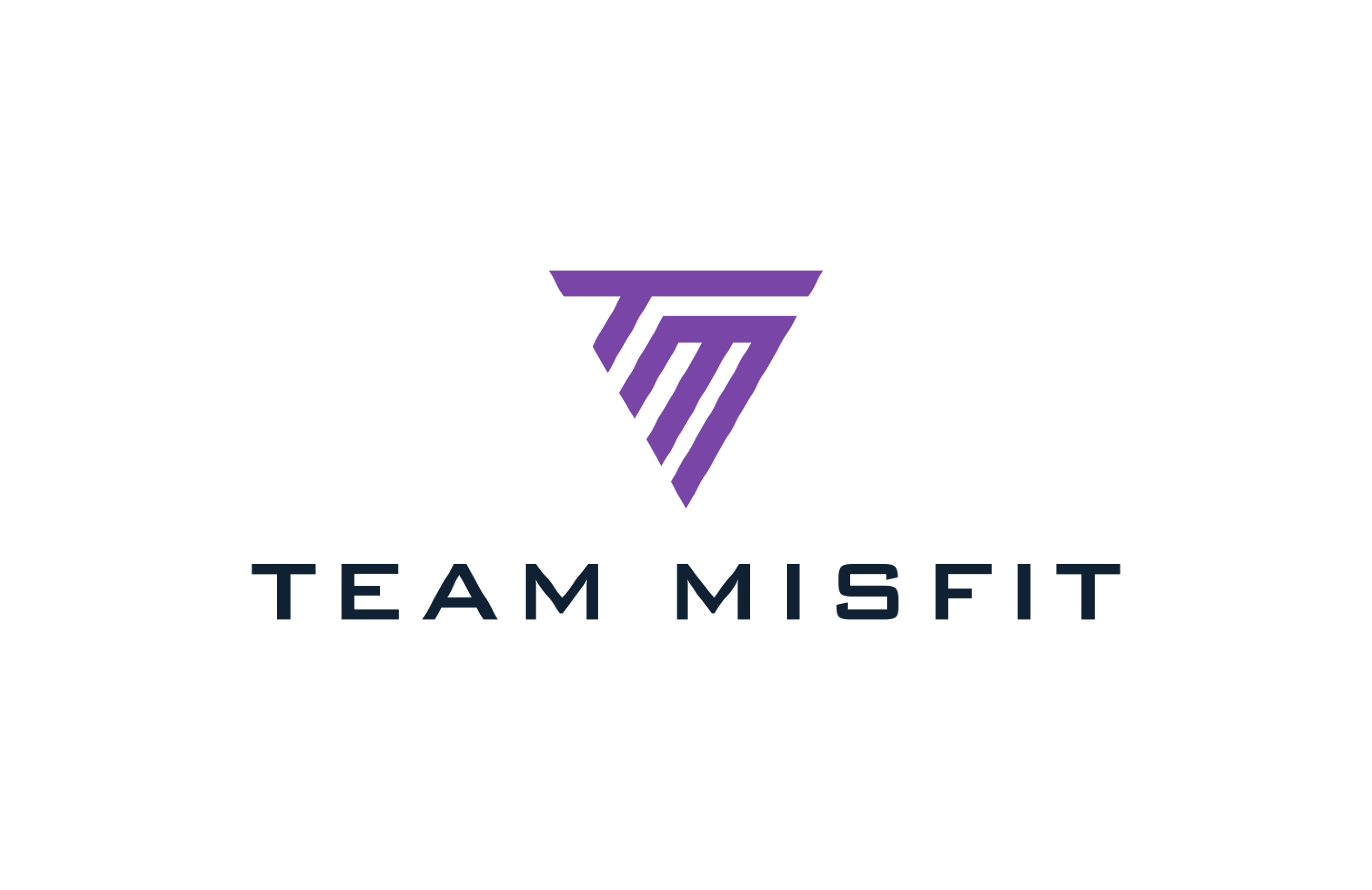
An Open Letter to Athletes: How to Earn the Coveted RX
I am writing you this in hopes that you’ll read what I have to say and immediately apply it to yourself. One of the most common issues within the walls of a CrossFit gym is the battle between coach and athlete on whether or not it is appropriate for the athlete to attempt to perform a workout as prescribed. For some, earning those two little letters “RX” next to their workout score is as good as finding a $100 bill on the ground. A part of the coach inside of me admires your reach-for-the-stars attitude, but if that focus surpasses a goal and becomes an obsession that makes you no longer coachable, we have a problem.
One thing I can say with absolute certainty is that your coach has your best interest in mind. We want you to succeed, whether that means adding weight to the barbell, mastering the kipping pull up, or running your first mile without stopping. Any CrossFit coach that is worth a damn cares more about helping you succeed than just about anything else. However, there are occasions where it may seem like your coach is “holding you back” by not allowing you to try and go RX in a workout. Once again, I can assure you that this is in your best interest. An intense workout is not the time to test weights that are out of your reach, gymnastic skills that are too advanced, or rep schemes that will prevent you from training tomorrow. So how do you make the leap from scaled to RX Fire-breather? Allow me to lay out a roadmap for you.
Step 1: Listen to Your Coach

Step 2: Be Consistent
Step one was just to make sure you were listening. Step two is really step one, and the most crucial step of them all: be consistent. No, I don’t mean consistently trying to do workouts RX, I mean showing up and giving 100% effort every time you walk through the doors. Making an effort to consistently go to the gym 4-5 times per week will greatly accelerate your progress towards that becoming the athlete you aspire to be. With CrossFit training, you will be exposed to many different lifts, movements, and workouts, so it is imperative that you take as many opportunities as possible to practice. You won’t be able to smash the workout every day, so the days you can’t go 100% must be seen as opportunities to work on skills, practice your technique, or simply perform some recovery work and watch your fellow athletes (mental reps can help you a lot – learning from how others move as a means of teaching yourself is extremely valuable). Consistency is key.
Step 3: Practice, Practice, Practice
Allow me to ask you a few questions. How often do you practice the basics? How often do you grab an empty barbell or PVC pipe and practice technique without load? When was the last time you worked on your handstand push up outside of a workout or outside of class?
First, start with the basics. Want handstand push ups? Master the push up. Want to PR your snatch? Learn how to move around a barbell correctly. Want to link butterfly chest to bar pull ups? Work on your strict pulling strength and refine your kipping chin over bar pull ups. Once you’ve dialed in the basics, start practicing the more complicated, high skill movements with a low heart rate. Practicing 1, 2 or 3 reps on the minute for 10-20 minutes is a great way to refine how you move without overloading you to the point where a large degradation in form happens. Feeling confident that you are starting to grasp the movement, you can begin to add more speed, weight, and intensity. Once you can perform to the movement with high heart rate, get more efficient and move better. Wash, rinse, and repeat.

Step 4: Schedule 1-on-1 Sessions
Still having trouble mastering something on your own? Sign up for 1-on-1 sessions with a coach. Class is an excellent opportunity to work on skills, but can sometimes limit your time to practice. Open gym is great because you can do whatever you want within reason, but can sometimes lead to frustration as you may not know what you’re doing wrong. A 30-60 minute session with a coach is a great chance to pick 1 or 2 things to really work on and correct some of the technical issues that are currently holding you back. Weeks or months of frustration can often be avoided by scheduling a 1-on-1, and is coincidentally where I see most athletes have breakthroughs.

Step 5: Be Patient
Our society these days is all about instant gratification. I’m here to tell you that this will not happen overnight, and it will take serious dedication. The correct mindset when approaching training is to look at this journey as an opportunity to see what you’re capable of! Failure is discouraging but necessary, so use that fuel to focus your energy and understand what you can do better next time. Listen to your coaches, stay positive, keep it fun, be patient and consistent and before you know it you’ll have those two little letters next to your name every day.
Written by Matt Sherburne



Responses